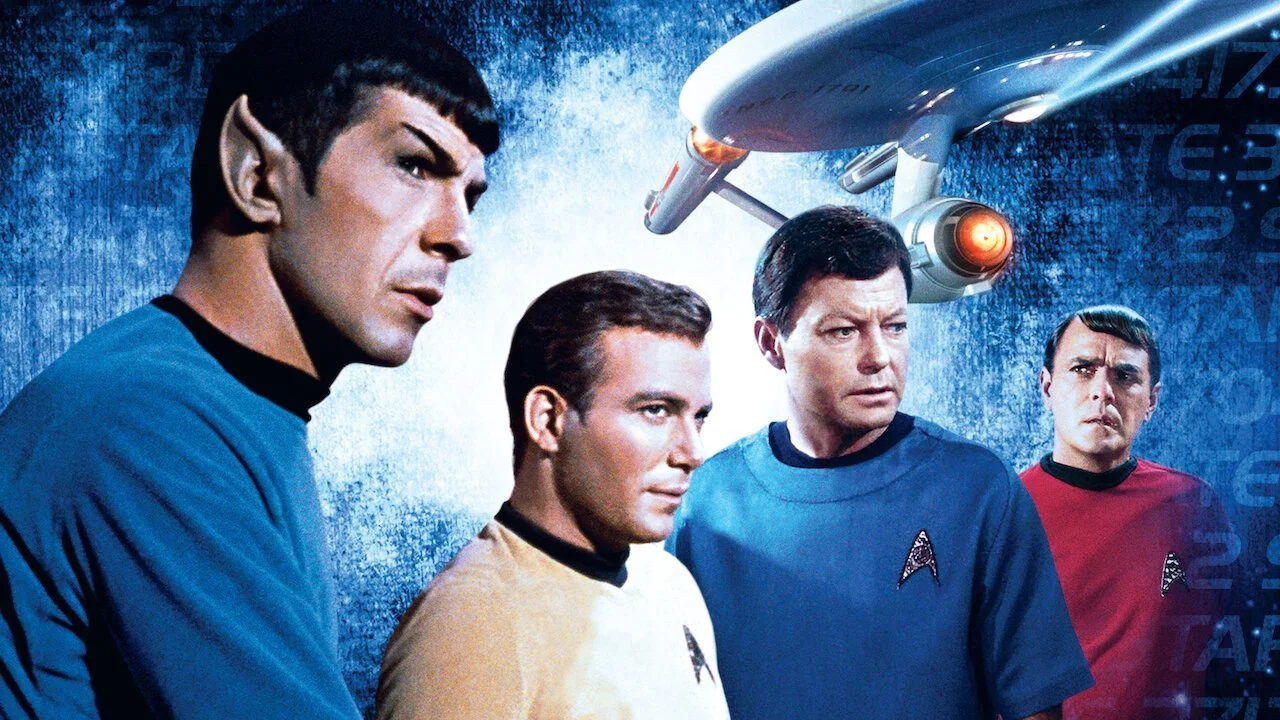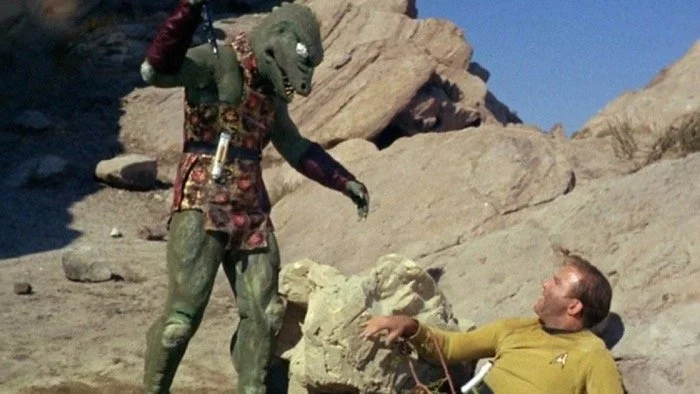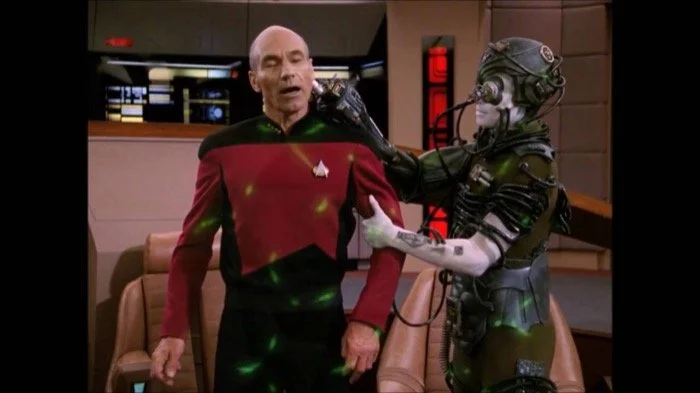5 Most Interesting Races In 'Star Trek'
Source: Netflix.
“What makes us human?” This is a question that has been subject to great debate from groups of friends to the most brilliant minds on the planet. Our limits are constantly being tested, by ourselves. From empathy to intelligence, science, and religion, are among the most common answers to that question. Creativity is an ability that disrupts any previous limitations. A tool for creating an already expanding universe. A way to boldly go, where no man has gone before.
Creativity and self-awareness allow us to build the bricks in any story. Self-awareness lets us see our limits and be critics of our actions. Creativity tries to respond to the “what if these limits don’t exist?” Or “what if I could have done this differently?” Star Trek, a 60-year-old TV Show, used entertainment to give great answers to new questions that are part of the unlimited space adventure. Encounters with other species are a way to understand our deficiencies, the history behind us, our evolutionary path, and the mistakes or decisions that drove us here.
RELATED:
5. Klingons
Image source: JoBlo
Klingons are one of the more recognizable species in Star Trek lore. The Klingon language, developed by James Doohan and Jon Povill for the first film and expanded and structured later by Marc Okrand, is often referenced in pop culture. This alien species is a direct response to the civilized ways of the Federation. A brutal and savage empire. Klingons have great respect for their roots, and traditions and are honored by the old ways. There is a bit of order in their chaotic behavior. They are constantly shown as proud of being Klingon, and this is justification enough to kill and conquer. Klingons are sure that their past is the best way, a twisted love that goes against the Federation's thinking that the best is still ahead of us.
4. The Gorn
Image source: Nerdist.
Not as powerful villains as the Klingons, but the main reason why we are curious about the Gorn is one of possibility. We, humans, share a common ancestor with other apes and other extinct hominids. “What if the old reptiles developed as we did?”, then you get the Gorn. Humanoid-like, but wild and ferocious. Kirk's encounter with the Gorn let him use more than his brains to save himself. Their society isn’t as technologically advanced as humans, but they are capable of using ships to travel through space. Maybe, our ape-ancestor showed some skills that we inherited and gave us the ability to be the prime species on the planet.
3. The Borg
Image source: Universo de ciencia ficcion.
The Borg sits on the other side of the metaphorical technology coin. The Borg is a cybernetic organism colony. They are highly dependent on technology. The primary goal is to pursue perfection and achieve it. All knowledge, from either culture or planet, will be assimilated into their hive mind. They are a super-consciousness. The Borg are an interesting mirror to watch ourselves in. These moments where our thoughts are being assimilated by thousands of people, and our tweets or comments are shared and liked in a hive-like manner. Technology and human thought could give rise to the Borg. Improve for the greater good. The whole colony is much more than the sum of its parts. Individuality is a flaw; variation is a mistake.
2. Vulcans
Image source: ABCnoticias
Every problem in the history of humankind could be avoided if we think more, instead of feeling. It’s only logical. The Vulcans reflect our mind taking real control. Their society was non-violent, as a result of logical thinking. This could be interpreted as a synonym for being weak, but sometimes the path of combat is logical. They are a highly trained species in several fight disciplines. Their identity is exclusive to them, they don’t rely on the hopes and dreams of others, or under the influence of their relationships, they are who they are. Science led them to a life of questions and answers, as Rene Descartes ordered. Logic releases them of the heavy weight of emotions. They are freer than their human counterparts, any thought or action is pure logic.
1. Homo Sapiens
Image source: Trek News
Now, hear me out. I know that you might be expecting the Tribbles, the Romulans, or the Q. Star Trek offers us a view of another species. One we sometimes ignore. Homo sapiens, not any Homo sapiens, one that can travel through the stars and explore new worlds. We as species have changed an enormous amount since our African origins approximately 600,000 years ago. Star Trek’s humans offer an interesting new take on our history, a return. We go back to our exploration ways. In our early days, we went out to expand ourselves, out of Africa and then through Europe and Asia, where we encountered two other human species, Homo neanderthalensis, and Homo denisovan. Star Trek is exactly that. A future vision of our old history, boldly going to where no man has gone before. How much do we think we are going to change? Are we still the same? What’s beyond that point? Exploration and meeting new species that share some of our features, but the ones we don’t share are marvelous.
Star Trek continues to be one of the finest pieces of sci-fi entertainment. Picard, Strange New Worlds, and Discovery are running on several streaming services and TV channels. The way the shows are written allows us to experiment with emotions and ask questions we rarely gave a thought to. Since the original series first launched in 1966, Star Trek is a window to other planets and our own minds.
READ NEXT:






